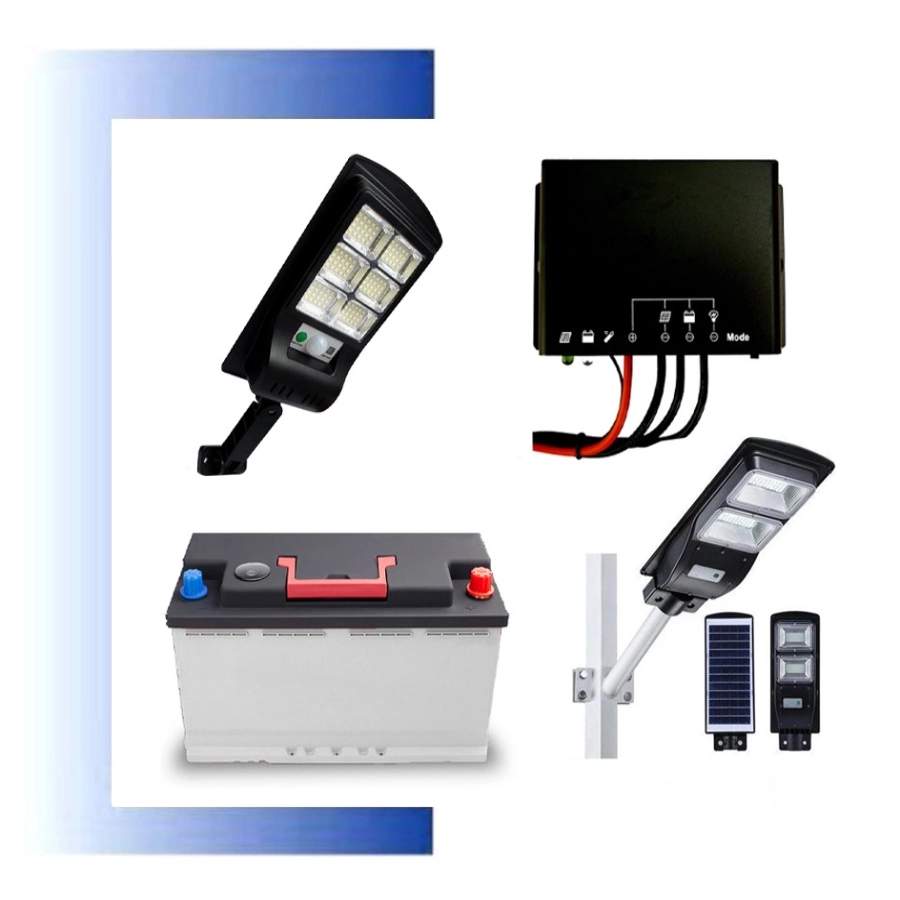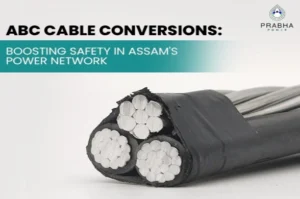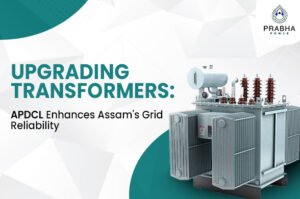
In the ever-evolving world of renewable energy solutions, solar street lights have emerged as a game-changer, offering a sustainable and cost-effective alternative to traditional lighting systems. As urban areas strive to reduce their carbon footprint and embrace eco-friendly technologies, the adoption of solar street lights has grown exponentially.
In this comprehensive guide, we’ll explore the different types of solar street lights, delve into their key components, and uncover the remarkable benefits they offer. Whether you’re a municipality planning to illuminate your streets, a commercial property owner, or an individual interested in renewable energy, this article will provide you with the insights you need to make an informed decision about solar street lighting.
What are Solar Street Lights?
Solar street lights are a type of outdoor lighting that uses solar panels to harness the sun’s energy and power the lights. These innovative lights are becoming increasingly popular as a sustainable and energy-efficient alternative to traditional street lamps.
The way they work is quite simple – the solar panels on top of the light fixture collect energy from the sun during the day and store it in a rechargeable battery. Once the sun goes down, the battery powers an LED light, illuminating the area. Solar street lights are environmentally friendly, as they don’t require any grid electricity or fossil fuels to operate. They are also easy to install in remote or off-grid locations, making them a versatile and practical lighting solution for streets, parking lots, pathways, and other outdoor spaces.
Types of Solar Street Lights
The solar street light market offers a diverse range of options to cater to various needs and applications. Let’s dive into the three main types of solar street lights:
-
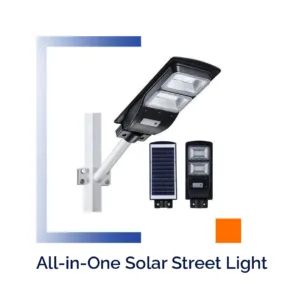 All-in-One Solar Street Light: These self-contained units combine all the necessary components – solar panel, battery, and LED light – into a single, integrated system. This design simplifies installation and reduces the overall footprint, making them an ideal choice for areas with limited space or where a clean, streamlined appearance is desired.
All-in-One Solar Street Light: These self-contained units combine all the necessary components – solar panel, battery, and LED light – into a single, integrated system. This design simplifies installation and reduces the overall footprint, making them an ideal choice for areas with limited space or where a clean, streamlined appearance is desired.
-
 All-in-Two Solar Street Light: In this configuration, the solar panel and battery are housed in a separate unit, while the LED light is installed as a distinct component. This modular approach allows for more flexibility in placement and can be advantageous in situations where the solar panel needs to be positioned in a specific orientation to maximize sun exposure.
All-in-Two Solar Street Light: In this configuration, the solar panel and battery are housed in a separate unit, while the LED light is installed as a distinct component. This modular approach allows for more flexibility in placement and can be advantageous in situations where the solar panel needs to be positioned in a specific orientation to maximize sun exposure.
-
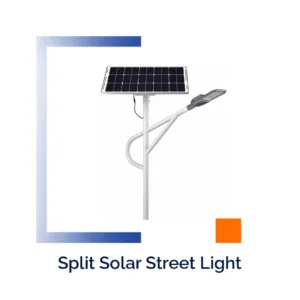 Split Solar Street Light: As the name suggests, this type of solar street light separates the solar panel, battery, and LED light into three distinct units. This design offers enhanced versatility, as the components can be installed in different locations to optimise performance and aesthetics.
Split Solar Street Light: As the name suggests, this type of solar street light separates the solar panel, battery, and LED light into three distinct units. This design offers enhanced versatility, as the components can be installed in different locations to optimise performance and aesthetics.
How Do Solar Lights Work?
Solar lights are a marvel of renewable energy technology. At their core, they harness the power of the sun to efficiently illuminate outdoor spaces without the need for grid electricity. Here’s a closer look at how they operate.
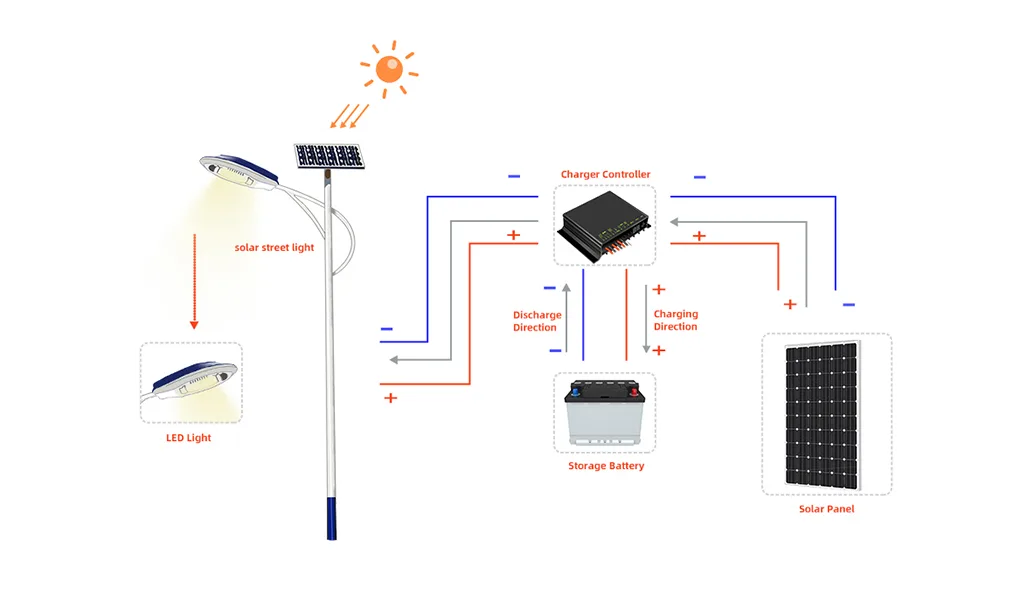
The key component is the solar panel, usually mounted at the top of the light fixture. During the day, this panel absorbs sunlight and converts it into electricity through the photovoltaic effect. This electrical current then flows into a rechargeable battery that’s integrated into the light’s design. The battery stores this converted solar energy, ready to be used once darkness falls.
When night arrives, the solar light’s light-sensitive photocell or motion sensor triggers the battery to start discharging the stored electricity. This powers an LED (light-emitting diode) bulb, which emits a bright, energy-efficient glow. The length of illumination depends on factors like battery capacity and how much sunlight the panel collected earlier. Some solar lights can stay lit for up to 12 hours on a single charge. The cycle then repeats the next day, with the solar panel recharging the battery through the sun’s renewable energy.
The beauty of solar lights is their self-sufficiency and eco-friendliness. They require no wiring, trenching or connection to the power grid, making them easy to install in remote or hard-to-reach areas. And by using free, zero-emission solar power, they reduce energy costs and our collective carbon footprint. It’s a simple yet ingenious technology that’s revolutionizing outdoor lighting.
Components of Solar Street Lights
At the heart of every solar street light system are four key components that work in harmony to provide reliable and efficient illumination. Let’s explore each of these essential elements:
-
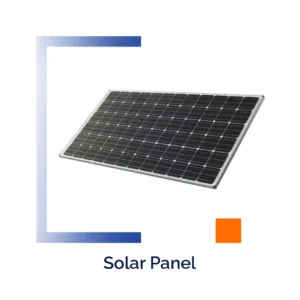 Solar Panel: The solar panel is the primary energy harvesting component, converting sunlight into electrical energy that powers the entire system. Advancements in solar technology have led to the development of highly efficient panels that can capture and convert more of the sun’s energy, ensuring a consistent and reliable power supply.
Solar Panel: The solar panel is the primary energy harvesting component, converting sunlight into electrical energy that powers the entire system. Advancements in solar technology have led to the development of highly efficient panels that can capture and convert more of the sun’s energy, ensuring a consistent and reliable power supply.
-
 Storage Battery: The storage battery plays a crucial role in solar street lights, storing the generated energy for use during nighttime or periods of low sunlight. Lithium-ion and lead-acid batteries are commonly used, each with their advantages in terms of capacity, lifespan, and discharge characteristics.
Storage Battery: The storage battery plays a crucial role in solar street lights, storing the generated energy for use during nighttime or periods of low sunlight. Lithium-ion and lead-acid batteries are commonly used, each with their advantages in terms of capacity, lifespan, and discharge characteristics.
-
 LED Light: The LED (Light-Emitting Diode) light is the primary illumination source in solar street lights. LEDs have gained popularity due to their exceptional energy efficiency, long lifespan, and superior light output compared to traditional lighting technologies.
LED Light: The LED (Light-Emitting Diode) light is the primary illumination source in solar street lights. LEDs have gained popularity due to their exceptional energy efficiency, long lifespan, and superior light output compared to traditional lighting technologies.
-
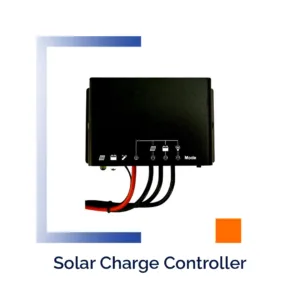 Charge Controller: The charge controller is the brain of the solar street light system, managing the flow of electricity between the solar panel, battery, and LED light. It ensures the battery is charged efficiently, protects against overcharging or deep discharge, and optimises the lighting performance to meet the specific needs of the installation site.
Charge Controller: The charge controller is the brain of the solar street light system, managing the flow of electricity between the solar panel, battery, and LED light. It ensures the battery is charged efficiently, protects against overcharging or deep discharge, and optimises the lighting performance to meet the specific needs of the installation site.
Benefits of Solar Street Lights
Embracing solar street lights offers a multitude of benefits that make them an increasingly attractive option for communities and businesses alike. Let’s explore some of the key advantages:
Energy Efficiency
Solar street lights operate entirely on renewable solar energy, eliminating the need for grid-supplied electricity. This translates to significant cost savings on energy bills and a reduced carbon footprint, contributing to a more sustainable future.
Maintenance Simplicity
Traditional street lights often require regular maintenance, such as bulb replacements and wiring repairs. Solar street lights, on the other hand, have a longer lifespan and require minimal upkeep, reducing the burden on maintenance teams and lowering operational costs.
Versatile Placement
Solar street lights can be installed in virtually any location, as they do not rely on existing electrical infrastructure. This flexibility allows for the illumination of remote areas, rural roads, and other hard-to-reach locations that would be challenging or costly to connect to the grid.
Improved Safety and Security
Properly illuminated streets and public spaces can enhance overall safety and security, deterring criminal activity and improving visibility for pedestrians and drivers. Solar street lights contribute to a well-lit environment, promoting a sense of safety and security in the community.
Applications of Solar Street Lights
Solar street lights have found widespread applications across various settings, each with its unique benefits and considerations. Let’s explore some of the key applications:
Urban and Suburban Areas
In densely populated urban and suburban regions, solar street lights offer a clean and efficient solution to illuminate roads, parks, and pedestrian walkways. They are particularly useful in areas where grid electricity is unreliable or expensive to install.
Rural and Remote Locations
Solar street lights shine in areas where access to the power grid is limited or non-existent. They can be easily deployed in remote villages, along rural roads, and in off-grid communities, providing much-needed illumination without the need for costly infrastructure investments.
Parking Lots and Commercial Spaces
Solar street lights are an ideal choice for illuminating parking lots, walkways, and other commercial areas. Their autonomous operation and low maintenance requirements make them a practical and cost-effective solution for business owners and property managers.
Disaster-Prone Regions
In areas prone to natural disasters or power outages, solar street lights can serve as a reliable and resilient source of illumination. Their independence from the grid ensures that essential lighting remains functional even during grid failures, enhancing safety and preparedness.
Conclusion
As the world embraces sustainable technologies, solar street lights have emerged as a transformative solution, offering a multitude of benefits that make them an increasingly popular choice for communities, businesses, and individuals alike.
From their diverse types and essential components to the remarkable advantages they provide, solar street lights have the power to revolutionize the way we light our streets and public spaces. By harnessing the abundant energy of the sun, these innovative systems contribute to a cleaner, more sustainable future while delivering unparalleled performance and cost savings.
If you’re looking to explore the world of solar street lights and unlock the benefits they offer, Prabha Power, the leading supplier of Solar Street Lights in Guwahati, Assam, is here to assist you. Contact us at +91 9394879486 to learn more about our comprehensive range of solar lighting solutions and how we can help you illuminate your community with the power of the sun.

